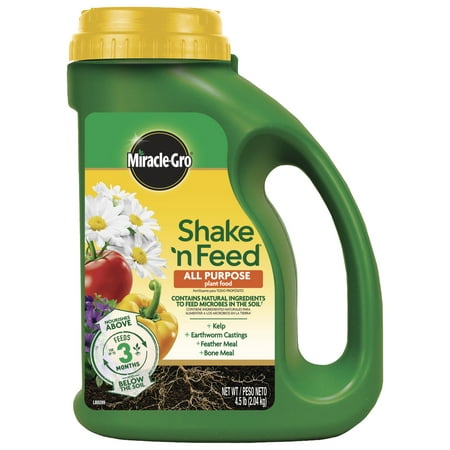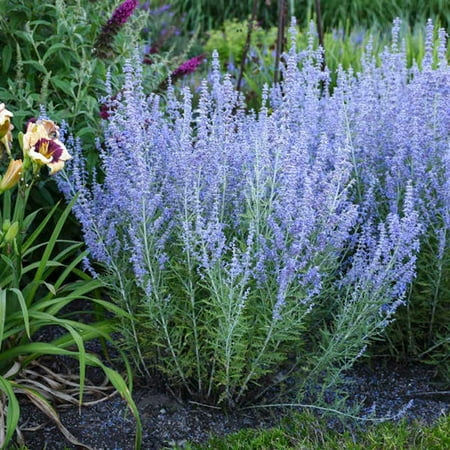Best tall perennial flowers – 11 graceful plants for natural screening and privacy
Plant these lofty perennials for height, structure and natural screening

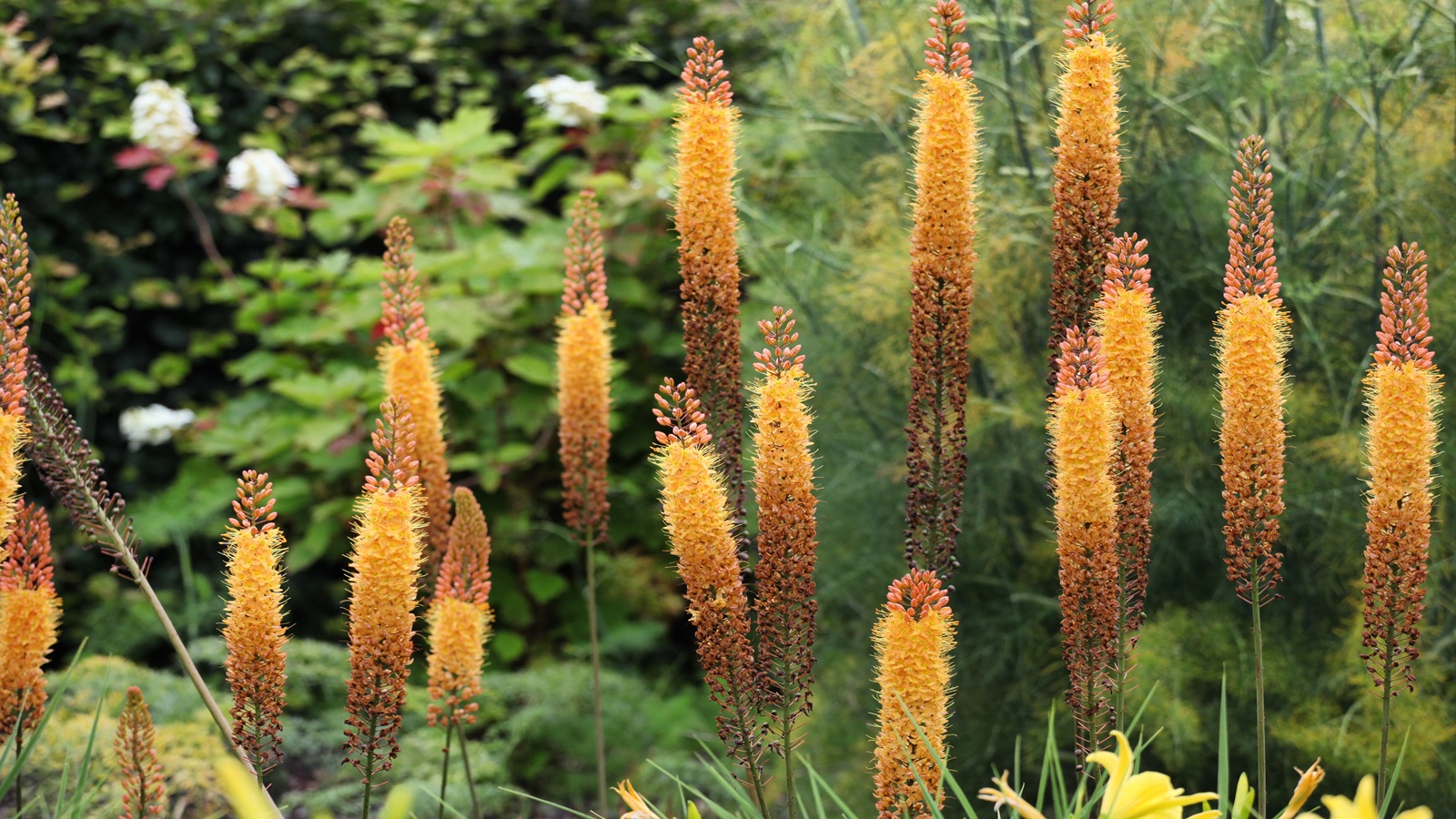
Whether you are looking to cozy up a garden seating area or hide an unsightly view, tall perennial flowers are the answer. Subtly forming a living floral screen, they will distract with their stunning blooms and foliage without looking out of place.
With so many beautiful plants to choose from, decision-making can prove tricky. It is important to consider the climate in your region, soil type, color preferences and the overall look of your plot.
Some of the best perennials and best spring flowering plants are ideal tall options, including early varieties of daylilies, hollyhocks, foxgloves and more. I spoke to plant experts about their favorite tall perennial flowers.
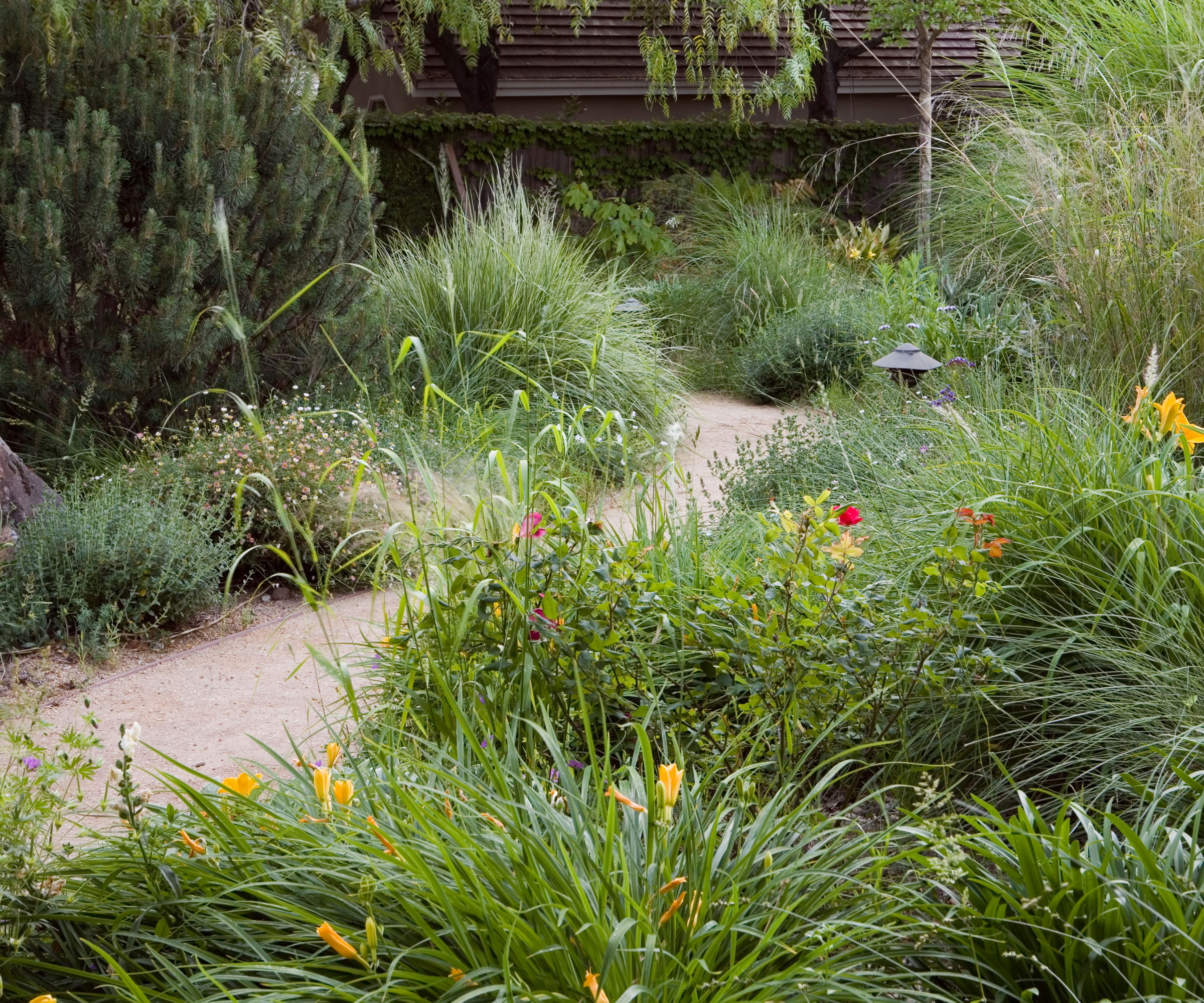
11 tall perennial flowers for natural screening and privacy
These floral giants can boost pool and patio privacy, or disguise a garden eyesore like a shed or pipes. These are some of the best options to add to your yard.
1. Perennial hibiscus

With its bold and blowsy blooms appearing late summer into fall, perennial hibiscus – or Rose of Sharon – makes a dramatic backyard screen. These deciduous plants need little attention apart from a high potash feed in spring and generous mulch in fall. They do prefer a bright but sheltered spot and are happy in US hardiness zones 4 to 9.
‘When it comes to choosing perennial plants that can provide screening and privacy, you want plants that will grow fast, achieve a height of at least 4-6 feet’, and have enough density to them to not be easily seen through,’ says garden designer Amber Freda.
‘Some of my favorite fast-growing perennials include perennial hibiscus. It’s best to plant in staggered rows or triangular patterns. With the plants slightly offset from each other, they will be able to grow to maximum fullness and create a lush screen for privacy.’ Hibiscus seeds are available from Walmart.
2. Goldenrod
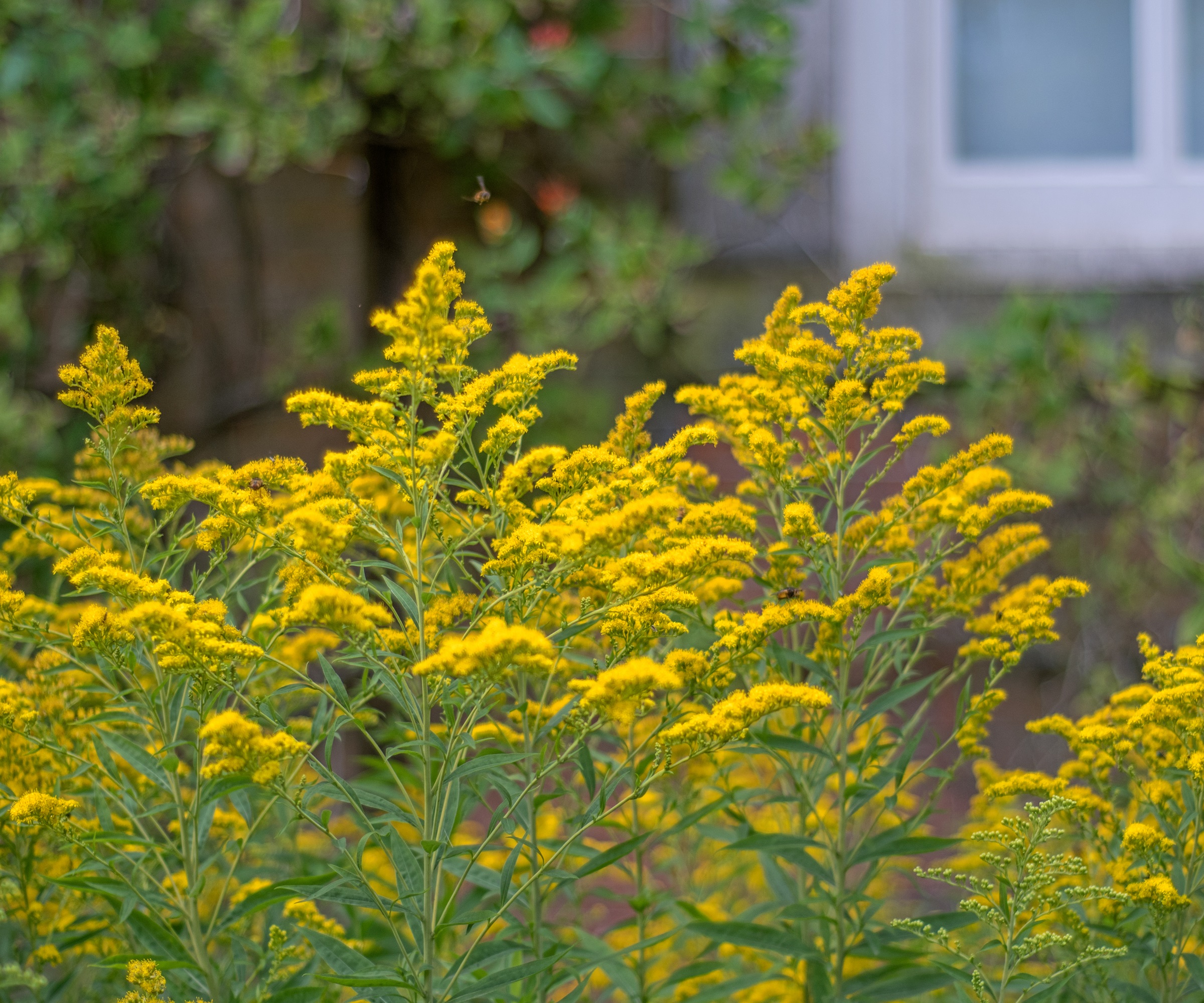
With clusters of tiny, bright yellow flowers on top of upright stems, goldenrod (or Solidago) puts on an endless show from mid-summer to fall.
Design expertise in your inbox – from inspiring decorating ideas and beautiful celebrity homes to practical gardening advice and shopping round-ups.
As sun lovers, they thrive in well-drained soil with their multiple stems and thick foliage quickly forming a dense screen. Best grown in US hardiness zones 3 to 8, these plants will reach a height of 3 to 5 feet tall.
Besides offering long-lasting color, resist cutting these robust perennials down when they fade. ‘Leaving spent flowerheads until spring will continue to form some screening, seed for birds, and overwintering habitat for beneficial insects,’ says horticultural expert Mary Phillips.
‘A larval host plant to several butterfly and moth species, the late blooms of goldenrod are also an important nectar source for migrating butterflies.’

Mary is an ambassador for native plants and is Head of Native Plant Habitat & Certifications at the National Wildlife Federation. Her work ensures all habitat programs and resources are rooted in sustainable practices and the latest science.
3. Hollyhocks
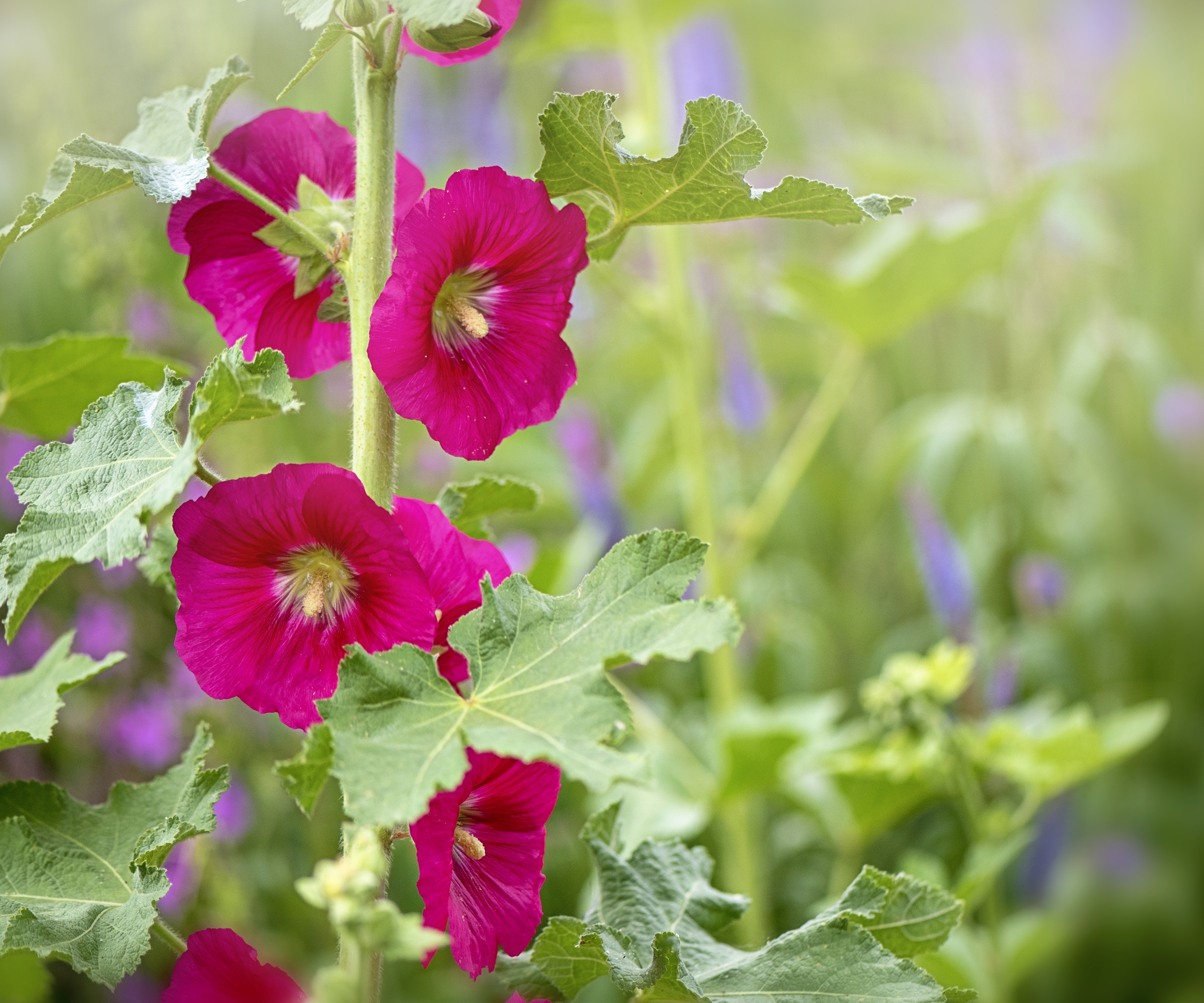
As classic cottage garden plants, hollyhocks are perfect for hiding a less-than-lovely view or as a floral alternative to a garden fence or wall. With endless colors available from soft and dreamy cream and blush pink to deepest burgundy and maroon, it’s easy to find a variety to suit your patch. Hollyhock seeds are available from Walmart.
‘Hollyhocks can grow 6-8 feet tall, making them ideal for creating vertical privacy screens,’ explains Alexander Betz, founder of Plant By Number Design.
‘Plant them in rows along fences or property lines, spacing each plant 18-24 inches apart to allow for proper growth and airflow. For best results, grow in US hardiness zone 5 and above, and plant in well-drained soil in a full-sun spot that gets at least 6 hours of direct sunlight per day. Water regularly to keep the soil moist and deadhead spent flowers to encourage continuous blooming.’
4. Russian Sage
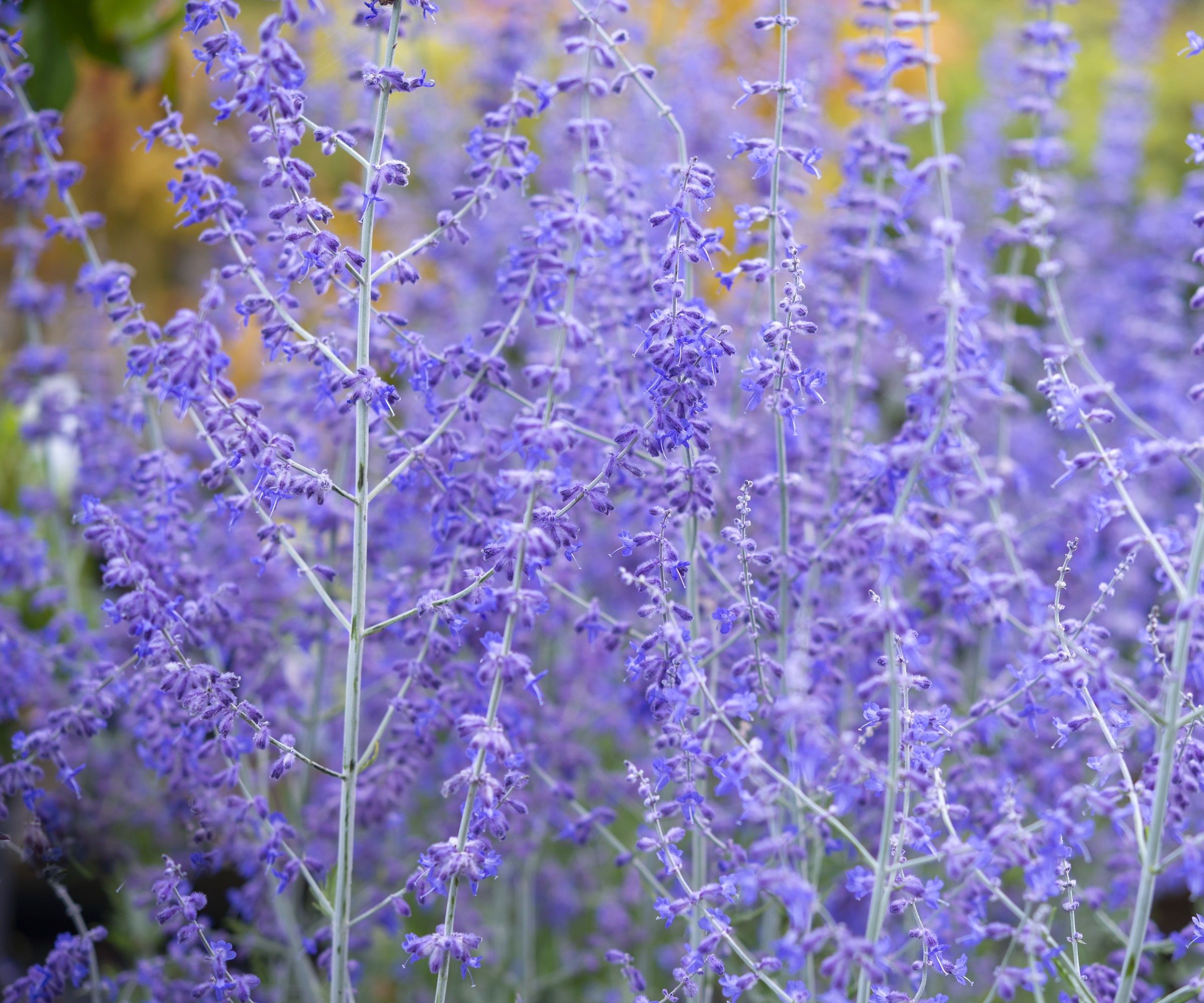
Russian Sage is a hardy, drought-tolerant perennial with silver-white stems and a mass of tiny violet-blue flowers appearing from July through to fall. Growing to around 3-5 feet tall with a spread of about 2-3 feet, it blends beautifully with ornamental grasses or planted on its own as an attractive and aromatic divider.
Happy in full sun, this tough perennial can also cope with chalky soils and coastal locations, doing best in US hardiness zone 5 to zone 8.
‘Plant in clusters or staggered rows for a dense, wispy screen that adds color texture to your garden. Space plants about 2 feet apart,’ continues Alexander. ‘This flower does best in full sun with well-drained soil but can tolerate poor soil conditions. Water young plants regularly until established, then water occasionally once mature. Cut back to the ground in late winter or early spring to encourage new growth.’
5. Joe-Pye Weed
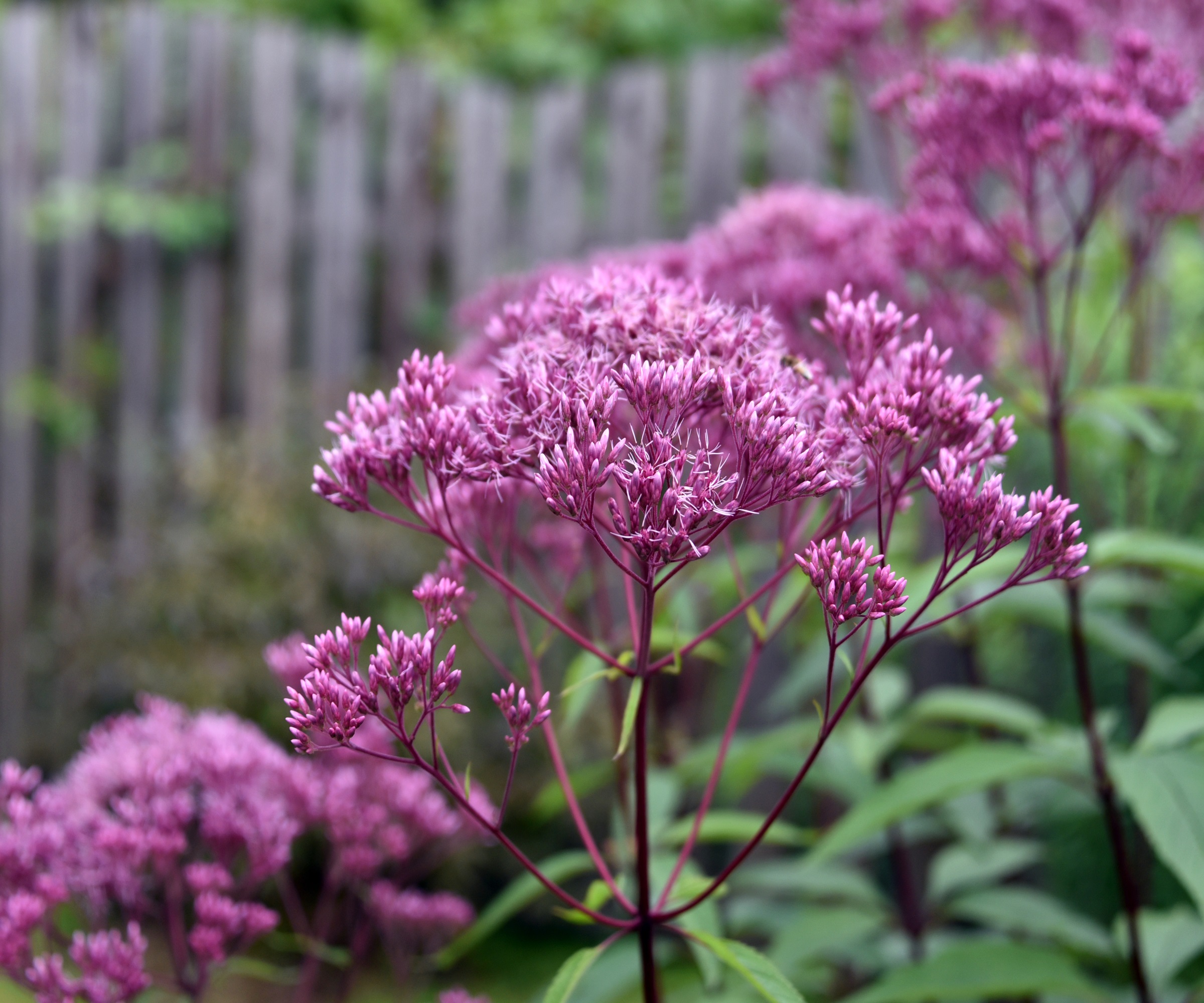
If you fancy a living garden screen that’s a little on the wild side, then Eutrochium purpureum is the perfect choice. With its fluffy pink-purple flower heads on top of rigid, upright stems that stand around 5 to 7 feet tall, it can provide ample cover throughout the summer, and late into fall.
Growing best in US Hardiness zones 3 to 9, the long, pointed matt green leaves have attractive, serrated edges and are set in star-shaped whorls around the stem.
‘Space each plant about 3 feet apart for a dense, wildflower-style screen,’ says Alexander. ‘Plant in full sun to partial shade with moist, well-drained soil, and keep the soil consistently moist with regular watering. Deadhead to prevent self-seeding and cut back in late fall or early spring to allow new growth.'
6. Daylilies
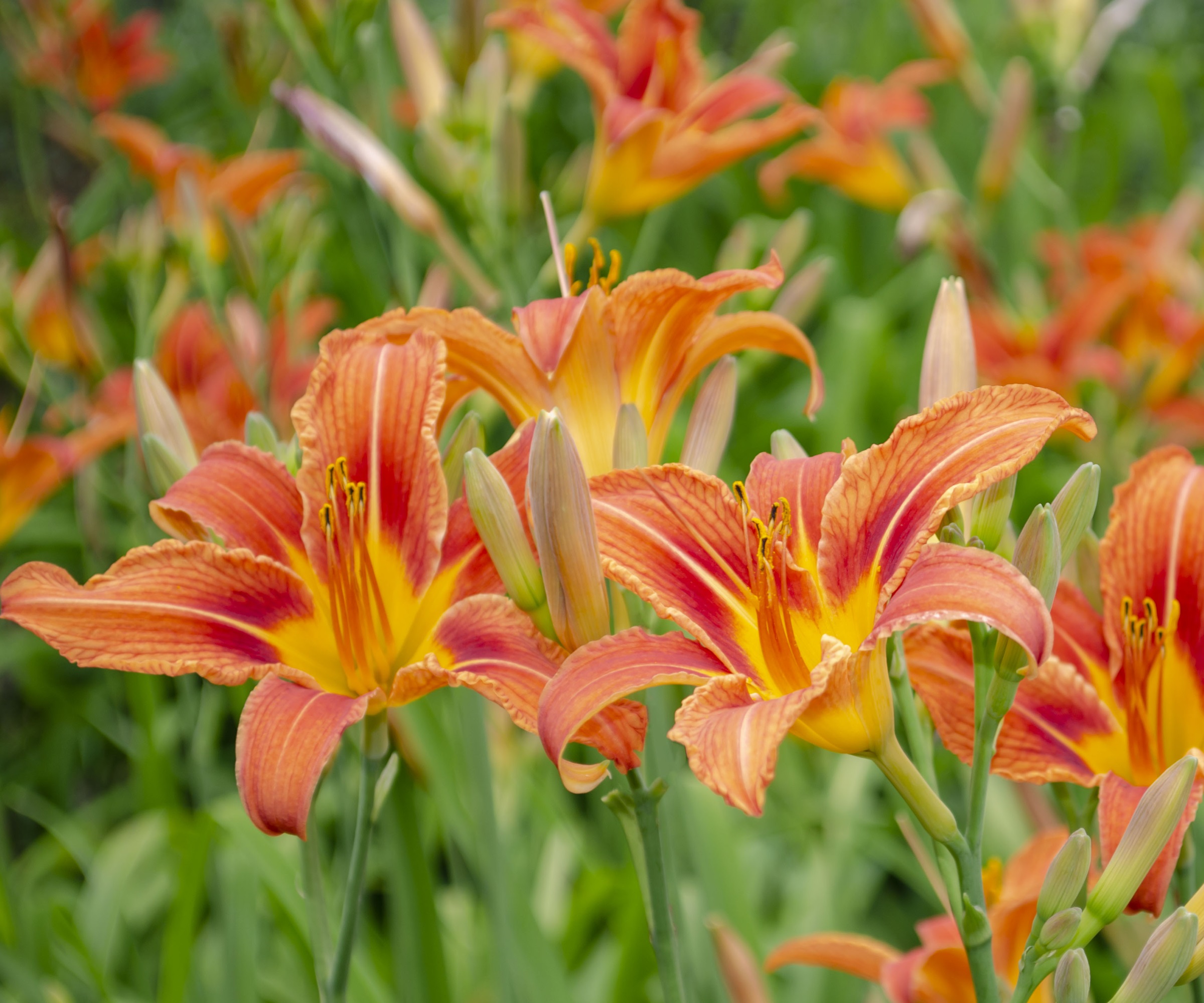
Learning how to grow daylilies or hemerocallis is incredibly simple. These plants will produce endless numbers of flamboyant trumpet-shaped flowers throughout summer.
Available in a wide spectrum of colors – from soft pink and coral to deepest orange and crimson – they are considered one of the best plants for poor soil, coping with most soil types and conditions. The strappy foliage is evergreen in mild locations, forming an effective and substantial living screen. They grow best in US Hardiness zones 5 to 10.
Perfect as part of an exotic, hot border, these vigorous plants do have a habit of becoming congested. Experts suggest lifting and dividing them every three to five years, replanting new, vigorous growth. As the name suggests, each flower lasts a day and while it can be worth deadheading them for a tidier look, it’s not essential.
Daylilies are available to order from Walmart.

Alex Betz is the CEO and founder of Plant By Number, a startup revolutionizing landscape design by making complex landscaping accessible to anyone with a passion for creating beautiful spaces. As a professional landscaper early in his career in a new industry, Alex recognized the need for a more efficient planting method. Plant By Number takes the same design files used for traditional plantings, scales them, and prints them directly onto landscape fabric, a staple in the industry. This innovative approach creates a new medium of design, enabling anyone to install a professional layout while simplifying the process.
7. Bear's breeches

Dramatic, structural and a touch different, acanthus or Bear’s Breeches makes a spiny and hugely resilient screen. Attractive too, the mass of deeply lobed leaves provides dense ground cover, and these are topped with curious deep purple, green, pink and white towering, flower spikes during spring and summer. Along with the glossy green foliage of some varieties, the hooded flowers are spiny, making this plant an effective barrier for deterring unwanted garden visitors and a great plant for improving home security.
Although sun-loving, these striking perennials will cope on shady, woodland edges but do dislike deep shade and wet soil. They also hate to be moved, so give them time to establish their deep roots. The young foliage, that emerges each spring, is also favored by slugs and snails, so be sure to remove them regularly or use other slug control methods.
Bear's breeches live plants are available from Walmart.
8. Sneezeweed
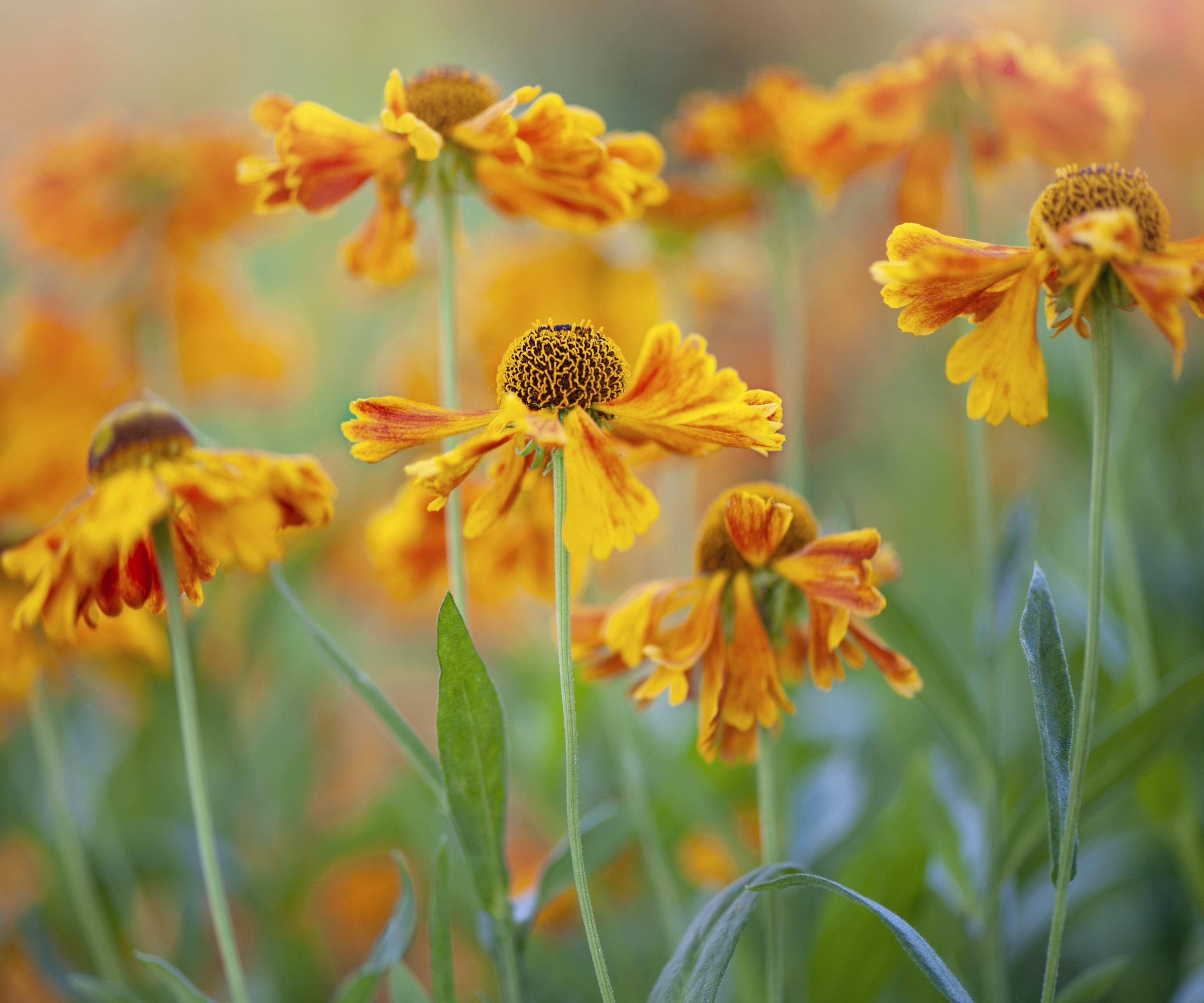
Closely related to the sunflower, this stately, flowering perennial will pep up any border or late summer garden. The cheery blooms come in hot, spicy shades of red, brown orange and gold and look stunning interspersed with ornamental grasses, prairie favorites, or when planted solo.
Helenium autumnale grows best in US hardiness zone 6 and above, suiting wild, romantic-style cottage gardens. Preferring damp, moist but not waterlogged areas, these daisy-like blooms can cope with clay and adore a sunny spot.
Different varieties grow to different heights, the tallest including Helenium ‘Waltkraut’ which stands up to 4 feet high. These plants will need staking and grow best in a sheltered position. For early blooms that last from June to September, try another tall variety ‘Sahin’s Early Flowerer’ with its yellow, orange and red petals set around a dark center.
Easily grown from cuttings or seeds, try Helenium 'Autumn Leaves' from Walmart.
9. Meadow Rue
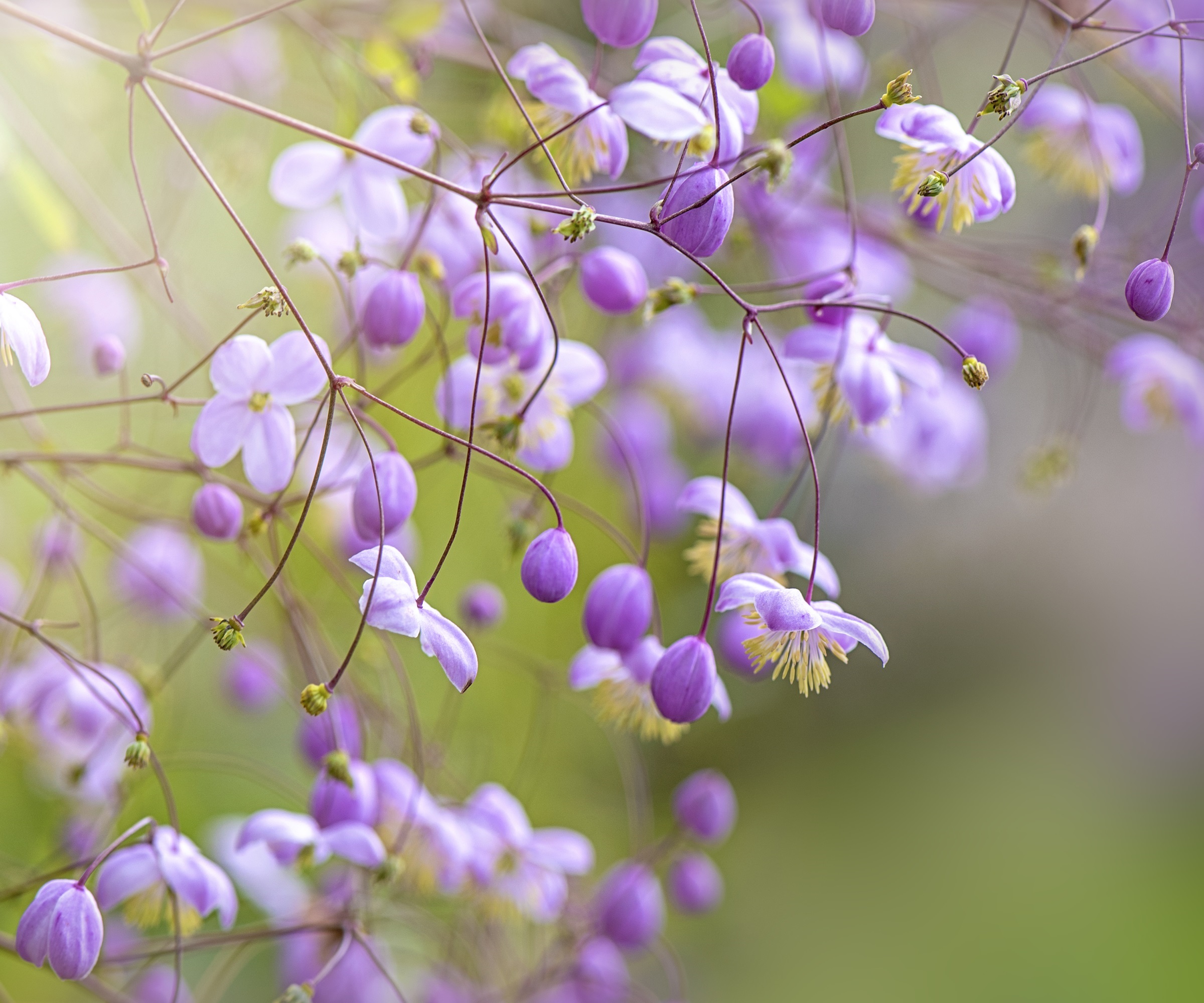
Delicate and star-like, thalictrum blooms appear to float above the deep-cut foliage in early summer. Growing best in US hardiness zones 3 to 7, blooms are held aloft on slender, wirelike stems they add to this plant’s magical feel and make it a must-have plant for any informal border, in sun or shade. From dwarf alpines to tall, elegant herbaceous perennials, these enchanting plants can reach up to 8 feet tall.
Flowers are typically delicate shades of yellow, cream, pink and lilac, so they are best suited to natural planting plans and tranquil, romantic-style gardens. These pale tones also make this perennial ideal for a twilight or moon garden.
10. Astilbe

If you fancy growing a floral screen, then astilbes are a must. Provided you have damp soil in a shady spot, you can grow these amazing perennials that sport feathery panicles of tiny white, pink or deep red flowers from early to mid-summer.
Growing best in US hardiness zones 3 plus, there are so many varieties to choose from, some taller than others, but each has a mass of lacy, fine foliage crowded around the base.
The white plumes of Astilbe rivularis reach up to 5 feet high and have the bonus of bronze-tinted foliage too. Even taller is Astilbe chinensis var. davidii, stretching up to 6 feet. In terms of when to prune astilbe, leave pruning until the fall or winter, as stems can provide interest in the yard.
With evergreen foliage and rose pink purple panicles it’s a real showstopper and is more drought tolerant than many other varieties. Astilbe plants are available from Burpee.
11. Foxtail Lily
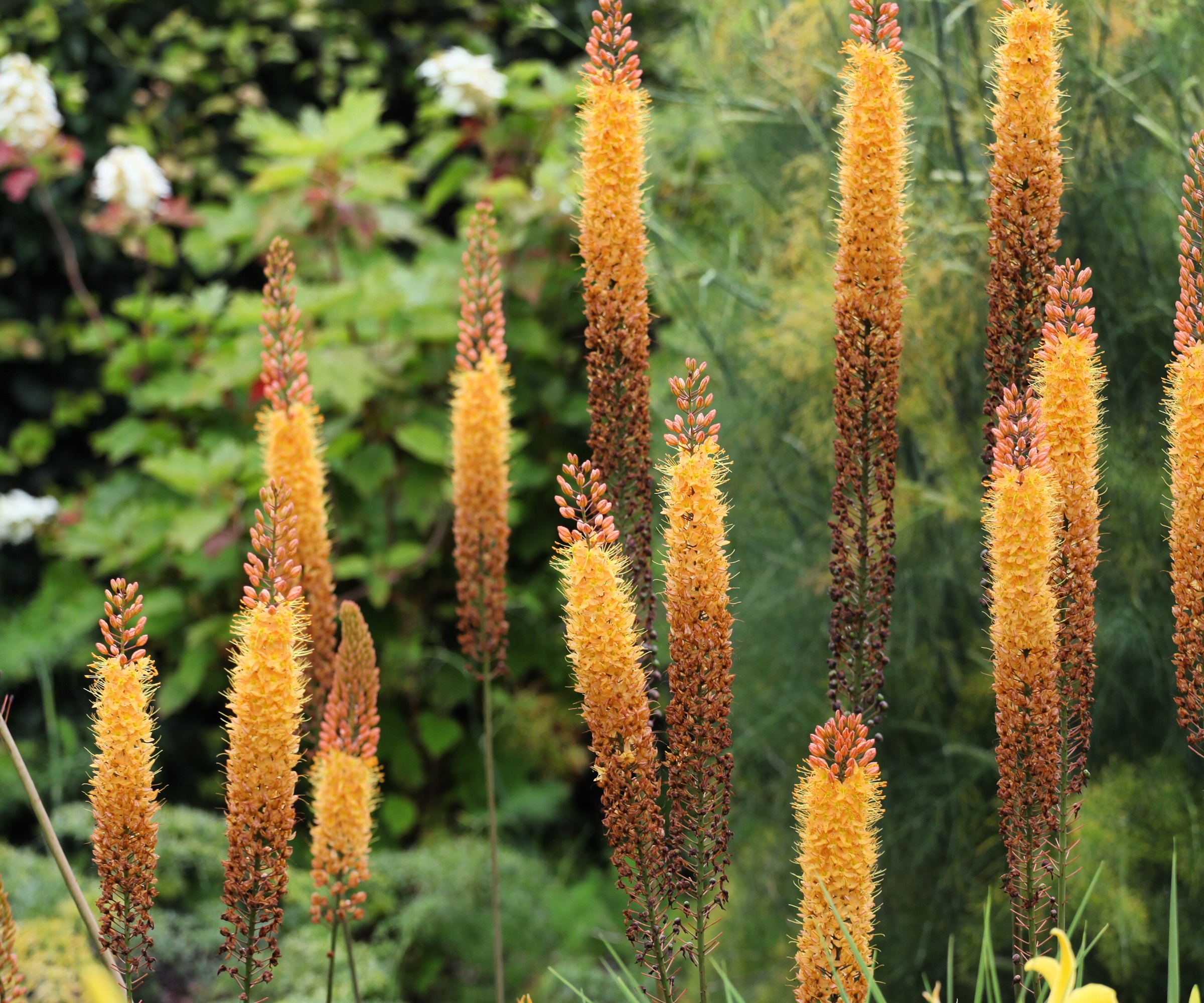
Also known as desert candles, Eremurus spp. is instantly recognized by its tall, fiery flower spikes in every spicy shade from white, pale yellow through to pink, purple and red. Stretching up to 6 feet tall, the upright flowers appear during June and July and have a gentle, snaking curve to them.
Growing best in US hardiness zones 6 to 11, these plants can be grown from bare root crowns, best planted from January to March.
These plants need a sunny spot and free-draining soil, and will need staking in exposed positions. It’s worth noting that the strappy foliage can look a little tatty as the season progresses, so underplanting this perennial with full sun ground cover is a smart idea.
Once you've discovered the tall flowering perennials that are right for your yard you will be looking for design opportunities to use them. Be sure to investigate these garden screening ideas and the garden privacy mistakes to avoid.

Journalist Jill Morgan has spent over 20 years writing and editing gardening, interior and property features. Titles she has worked on include The English Home, House Beautiful, Ideal Home, Houzz and Modern Gardens and she writes regularly for H&G as a Contributing Editor. Whilst she is a dab hand at renovation projects and DIY, she is happiest when out digging in the garden or planning a new border.
